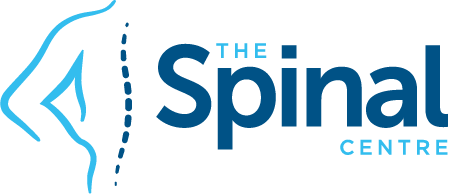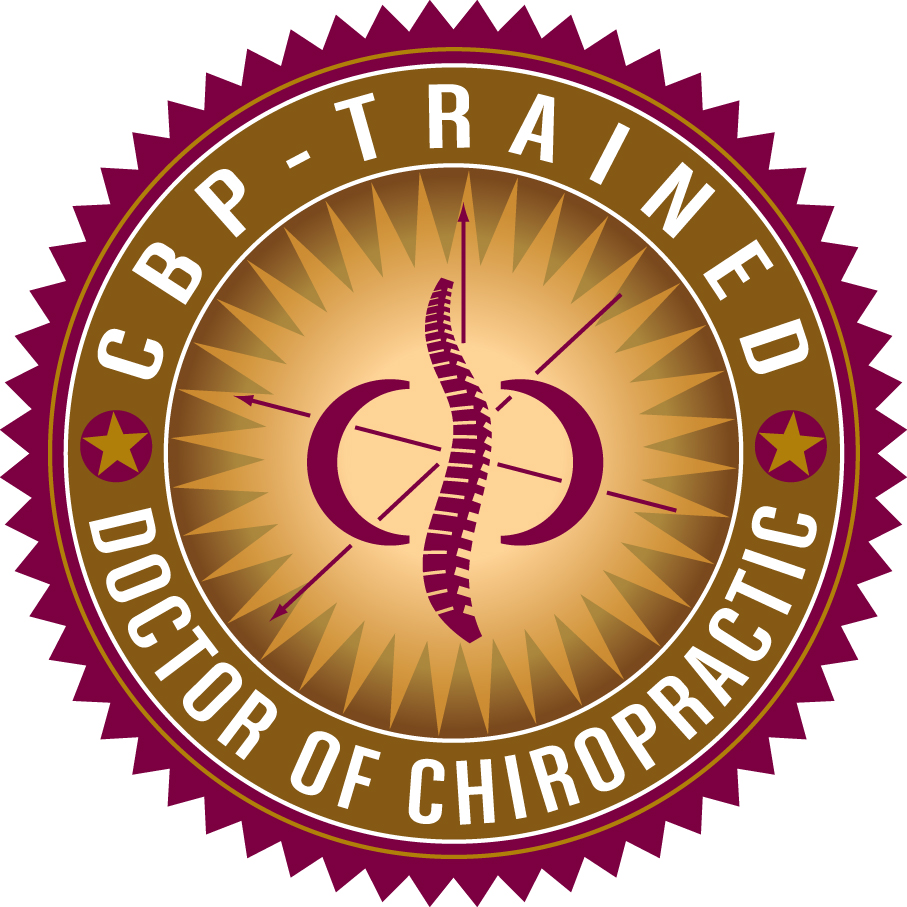
The Chiropractic BioPhysics Accreditation Program
 For those patients interested, the accreditation program was an intensive seminar and practical schedule based at the largest Corrective Care facility within America.
For those patients interested, the accreditation program was an intensive seminar and practical schedule based at the largest Corrective Care facility within America.
The program ran for over a week and was attended by approximately 60 Doctors from all over the world.
Dr. Hooper prepared for the accreditation program over the last 12 months with extensive reading, literature research and Webinar tutorials.
The topics covered in the accreditation program included:
Module 1. Basics of Chiropractic BioPhyiscs, X-Ray and Posture
- Review of literature on frequency and duration for establishing a logical treatment plan for Chiropractic patients.
- Structural based models for chiropractic assessment, interventions and outcomes.
- Average and ideal alignment values for the upright spinal column and optimum static equilibrium upright postural model.
- Six biomechanical types of subluxation.
- Abnormal posture and segmental spinal coupling patterns as rotations and translations in 3-D as well as alterations of the sagittal plane curvatures.
- The validity, reliability, projection geometry of CBP analysis methods.
- Definitions and theorems from mechanical engineering governing rigid body motion reviewed and applied to the spine and posture.
- Identify, categorise, quantify, and correct the structural component of the vertebral subluxation complex.
Module 2. CBP Drop Table Adjusting, Leg Length Inequality and Orthotic Intervention
- Integrated education for the Doctor of Chiropractic in the science and art of spine, posture, and lower extremity disorders.
- The total permutations of abnormal posture using formulas from probability theory delineated and a literature review on postural displacements as they correlate to patient conditions.
- Objective postural assessment and measurement.
- Corrective global postural subluxation set-ups for the head, thoracic cage, & pelvis on a drop table.
- Diagnosis, analysis and course of care for short leg syndrome and lower extremity disorders.
- Research material reviewed for utilisation and efficacy of Chiropractic Biophysics drop table technique treatment methods across a population of patients with chronic pain conditions.
Module 3. CBP Instrument Adjusting & Upper Cervical Seminar
- Integrative education for Doctor of Chiropractic of upper cervical spinal disorders with application to instrument adjusting for full spine postural subluxations and joint fixations.
- Posture displacement influence of the upper cervical spine as well as normal joint kinematics and instability analysis of the upper cervical spine.
- The biomechanics and neurophysiological mechanisms of instrument adjusting techniques with indications for different techniques of segmental versus postural adjusting.
- Corrective global postural subluxation set-ups for the head, thoracic cage, and pelvis with a hand-held instrument.
- Upper cervical flexion/extension subluxation/fixations of the occiput on atlas and their corrective adjustments described and demonstrated.
- Case management with instrument adjusting methods covered using a variety of case studies for a comprehensive picture of clinical application.
- Research material reviewed supporting the utilisation and efficacy in patient populations.
Module 4. CBP Structural Rehabilitation of the Cervical Spine
- Integrated education for the Doctor of Chiropractic in the science and art of cervical spine disorders.
- Detailed literature reviews covering the crisis of cervical disorders in patient populations, the role of spinal manipulative therapy and structural correction of sagittal cervical lordosis.
- Normal average and ideal values for the cervical lordosis reviewed.
- Detailed categories of head to thorax postures, spine kinematics and abnormalities of the sagittal cervical lordosis.
- Application and timing of postural and functional exercises for the cervical spine designed to correct spinal subluxation and strengthen the cervical and upper thoracic spine tissues.
- Review 16 categories of sagittal cervical traction and 3 methods of coronal cervical traction with demonstrations for structural rehabilitation of the cervical spine.
- Indications and contraindications to structural rehabilitation procedures.
- Case management using structural rehabilitation methods for a comprehensive picture of clinical application.
- Research material reviewed supporting the utilisation and efficacy of CBP technique structural rehabilitation treatment methods across a population of patients.
Module 5. CBP Structural Rehabilitation of the Lumbar Spine
- Integrated education for the Doctor of Chiropractic in the science and art of lumbopelvic disorders.
- Detailed literature review covering the crisis of lumbar disorders in patient populations, the role of spinal manipulative therapy and structural correction of sagittal lumbar lordosis.
- Normal average and ideal values for the lumbar lordosis reviewed as well the relationship of lumbar curvatures to patient health and disease conditions.
- Detailed categories of lumbopelvic postures, spine kinematics and abnormalities of the sagittal lumbar lordosis.
- Appropriate application and timing of postural and functional exercises for the lumbar spine designed to correct spinal subluxation and strengthen the lower back tissues.
- Review 17 categories of sagittal lumbar traction and 5 methods of coronal lumbar traction with demonstrations for structural rehabilitation of the lumbar spine.
- Indications and contraindications to structural rehabilitation procedures.
- Case management of structural rehabilitation methods using a variety of case studies for a comprehensive picture of clinical application.
- Research material reviewed supporting the utilisation and efficacy of CBP technique structural rehabilitation treatment methods across a population of patients with chronic pain conditions.
Module 6. Structural Rehabilitation of the Thoracic Spine
- Integrated education for the Doctor of Chiropractic in the Art and Science of chiropractic with an emphasis on postural and spinal distortions of the thoracic spine.
- Normal values for the sagittal plane of the thoracic kyphosis detailed from the literature and age related changes of the thoracic spine reviewed.
- The relationship of the thoracic spine to the lumbar and cervical regions discussed.
- The role of thoracic spine disorders and subluxations to patient health and disease conditions. Examination and documentation procedures reviewed.
- Chiropractic adjustive and rehabilitative treatment techniques for thoracic, lumbar, and cervical subluxations detailed.
- Research material reviewed supporting the utilisation and efficacy of Chiropractic Biophysics technique treatment methods across a spectrum of patient conditions.
Module 7. Chiropractic Biophysics Hands on Training Workshop
- Integrated education for the Doctor of Chiropractic in the Art of chiropractic techniques for spine and postural abnormalities in today’s patient populations.
- A 3 day hands on training designed to test the Chiropractic clinicians’ knowledge of CBP® technique.
- Current knowledge in CBP technique adjusting, exercises, and traction procedures reviewed. Emphasis is placed on analysis of spine/posture deformities using valid and reliable assessments and then the appropriate adjustive and rehabilitative treatment techniques.
- Interactive survey of case studies for enhanced learning.
The Spinal Centre – Neuro-Musculoskeletal SolutionsThe Spinal Centre provides the Best Natural Medicines, Health Products and Nutritional Solutions to Free You of Pain and Improve Your Spinal Health.The Spinal Centre is a leader in the management and treatment of spinal pain and disability including:
- Chronic Back and Neck Pain
- Cervical and Lumbar Disc Injuries with or without neruological changes
- All forms of arthritis including rheumatoid arthritis, psoriatic arthritis and osteoarthritis
- Neurodegenerative diseases such as Parkinson’s and Alzheimer’s disease
- Neuromuscular problems such as chronic back pain, headaches, migraines, neck or spinal pains
- Myofascial pain syndromes such as fibromyalgia, diffuse muscular or joint pains
- Austistic spectrum disorders including ADD, ADHD, learning difficulties and autism
- Fatigue, energy and mood disorders including chronic fatigue and depression
The Spinal Centre focuses on resolution with the development of individualised treatment programs using Conservative and Integrative Medicine; combining genetic, metabolic and nutritional testing with specific natural medicines to enhance your health and achieve your genetic potential.We have helped thousands – Why Not You?





